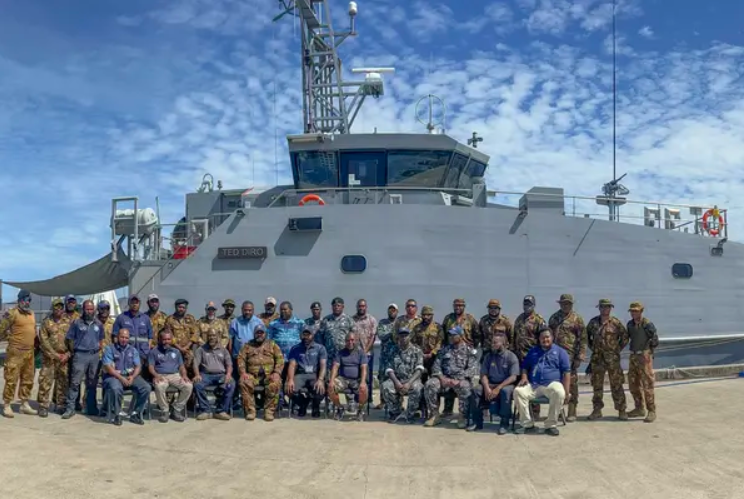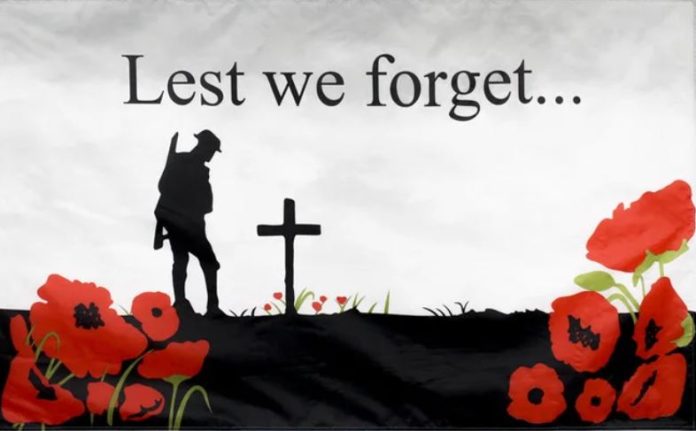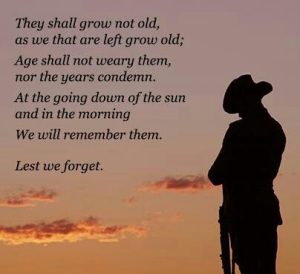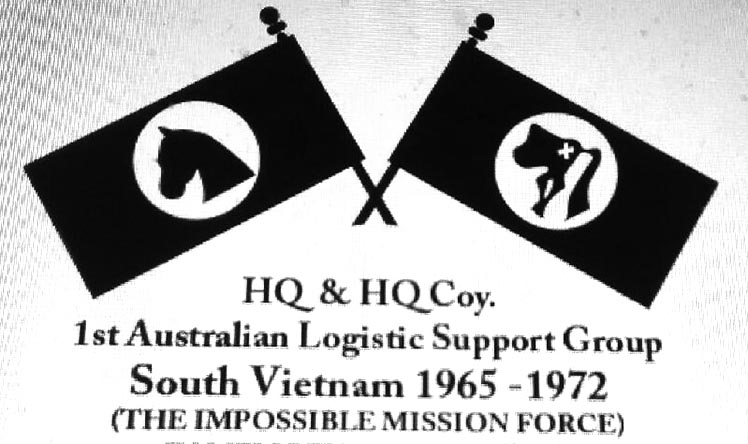Tangle News
As cost-of-living pressures rise, Australians are asking, “Are we better off than before?” A resounding number of Australians seem to answer “no.” Under Prime Minister Anthony Albanese’s government, inflation has surged to levels unseen since the pandemic, while support for the Coalition has climbed to its highest since the 2022 election.
A major driver of this inflation has been linked to decisions made in Canberra. Treasurer Jim Chalmers, alongside Energy and Climate Change Minister Chris Bowen, has overseen projects whose costs have blown out far beyond initial budgets, raising questions about fiscal management under the Albanese government. Australians are feeling the pressure as the ripple effects of these policies reach households and businesses nationwide.
One of the most contentious issues has been Minister Chris Bowen’s climate initiatives, which include ambitious renewable energy projects. While many Australians support the transition to sustainable energy, concerns are growing over the pace and expense of these projects. Initial budgets have consistently fallen short as timelines extend and costs mount, with recent reports suggesting that the gap between projected and actual spending could exceed billions of dollars. This has led to fears that Australian taxpayers are footing the bill for these ballooning expenses, adding further strain to household budgets already grappling with high inflation.
Senator Malcolm Roberts from Pauline Hanson’s One Nation party has been vocal in his criticism, pointing out that Canberra’s policies have driven inflationary pressures rather than alleviating them. According to him and other critics, decisions from Canberra are directly impacting essential costs—energy, housing, food—making everyday expenses harder for Australians to manage.
Adding fuel to the fire, the latest Newspoll results reveal a sharp increase in Coalition support, suggesting that a growing number of Australians hold the Albanese government accountable for the economic pain they’re experiencing.











